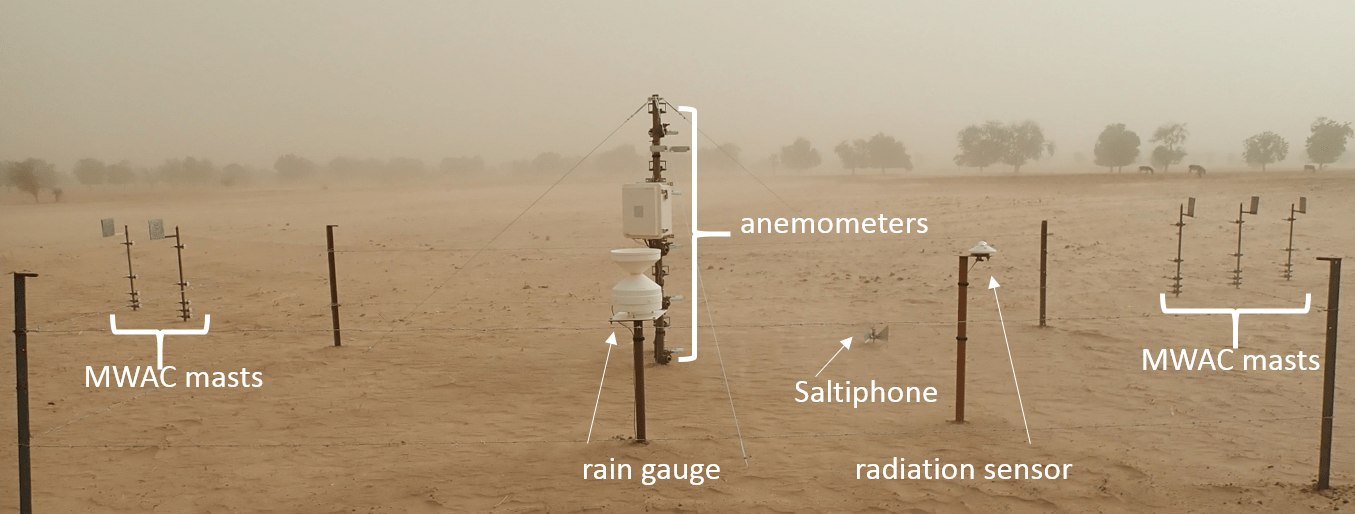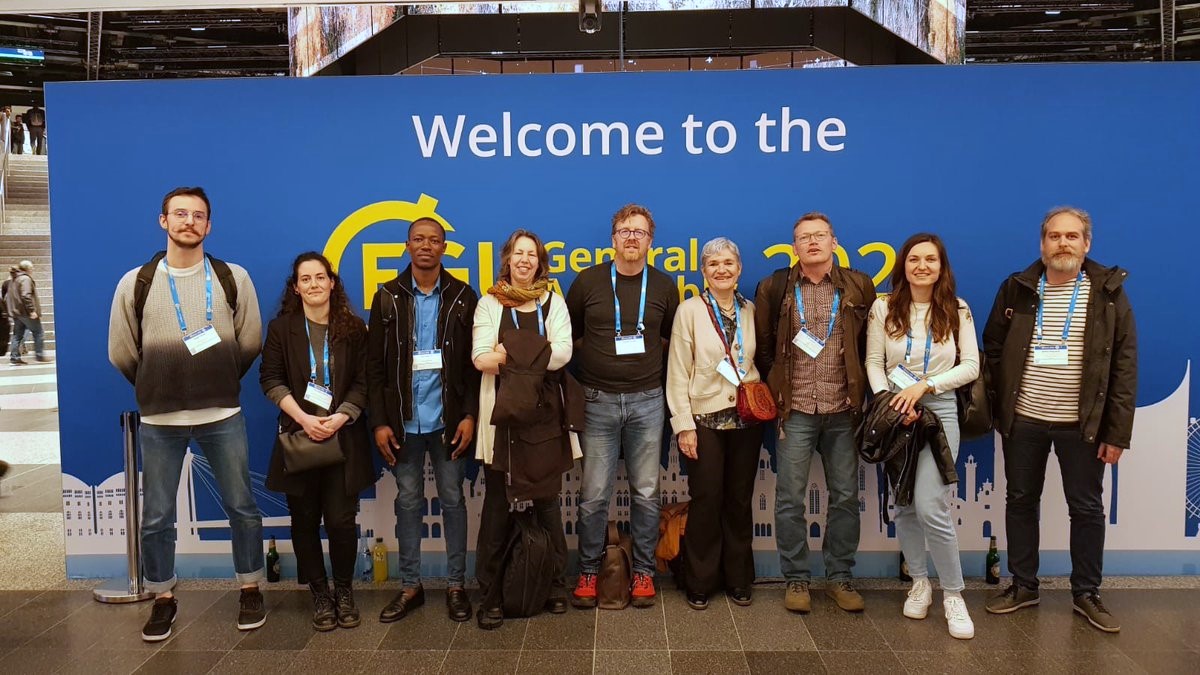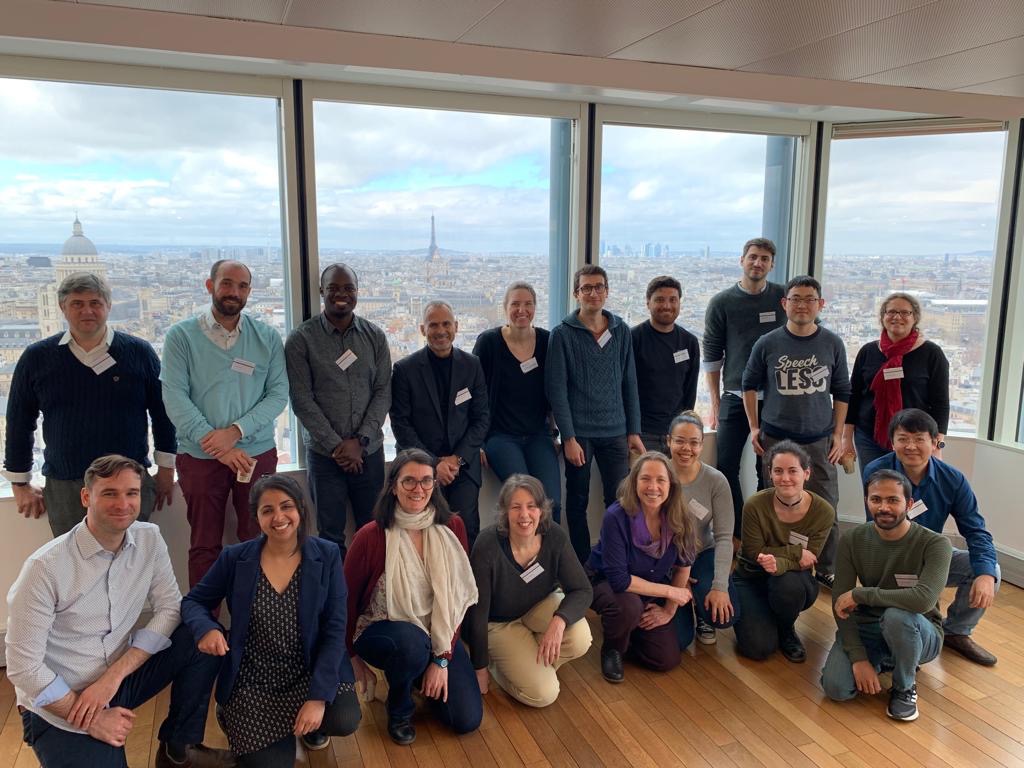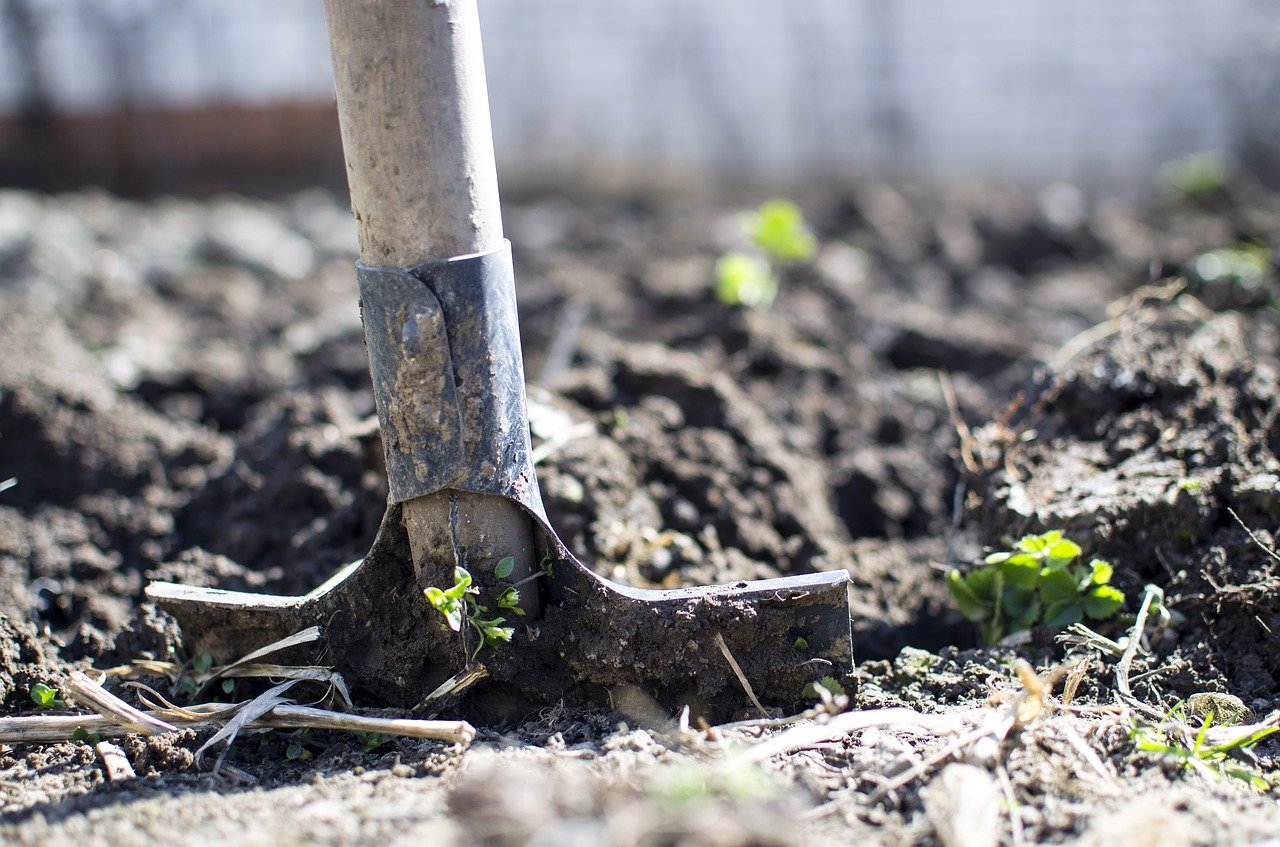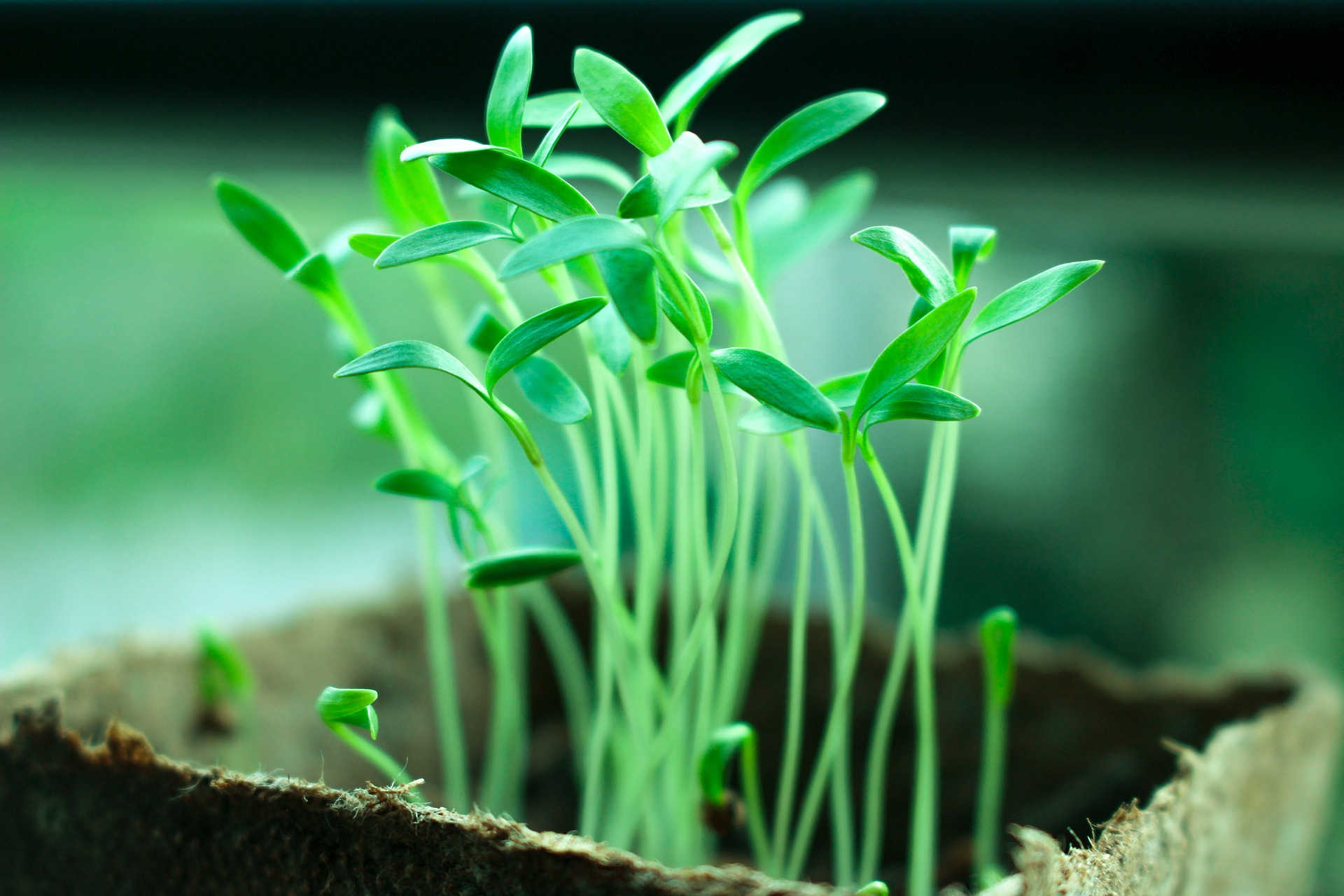Wind erosion is a major phenomenon in the Sahel, and can affect soil fertility. Studies of Sahelian aeolian erosion or erosivity are scarce and have been mainly focused on the Central Sahel. Since February 2020, the number of saltating particles and the horizontal flux of aeolian sediment were monitored in Bambey (Senegal) in combination with […]
